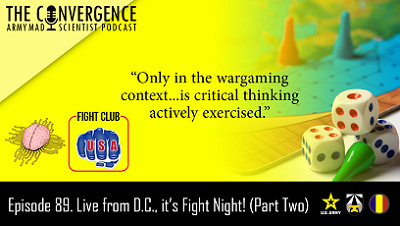“Only in the wargaming context… is critical thinking actively exercised.”
[Editor’s Note: Regular consumers of Army Mad Scientist content — via this blog site and The Convergence podcast — understand how wargaming can enhance Professional Military Education (PME), hone cognitive warfighting skills, and broaden our understanding of the Operational Environment. Wargaming removes hierarchies and encourages players to attempt innovative solutions, while also creating a safe environment in which to fail repeatedly and learn from mistakes. Wargaming can also help us assess concepts and capabilities with a reasonable degree of verisimilitude — before committing the Nation to costly, and in some instances, irrevocable courses of action.
In our latest episode of The Convergence podcast, we return to last fall’s “Fight Night,” hosted by USA Fight Club, CAE, Inc., and Army Mad Scientist in Washington, D.C., for Part Two of our discussion with wargame designers and players, exploring what makes a great wargame and why they are important to the U.S. Army — Enjoy!]
[If the podcast dashboard is not rendering correctly for you, please click here to listen to the podcast.]
Army Mad Scientist sat down with five wargame designers and players at “Fight Night” in Washington, D.C., on 23 September 2023, to discuss what makes a great wargame and why they are important to the U.S. Army. The following bullet points highlight key insights from our conversation:
-
-
- Wargames act as an effective tool to systematically explore potential futures and test different hypotheses. They provide a confined, contextualized space to practice
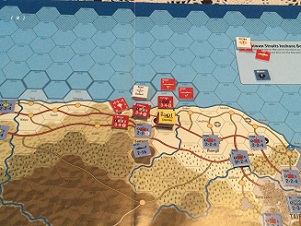 strategic decision making while in a safe-to-fail environment. As a teaching tool, players can make decisions and explore the consequences of their actions.
strategic decision making while in a safe-to-fail environment. As a teaching tool, players can make decisions and explore the consequences of their actions.
- Wargames act as an effective tool to systematically explore potential futures and test different hypotheses. They provide a confined, contextualized space to practice
-
-
-
- Wargames offer an effective way to work through the challenge of ambiguity. As certain tools may not be sufficient for some ambiguous problems – modeling and simulations or pure analysis – wargames help to fill the methodology gap. For example, they allow players to explore the human dimension of a problem – how people perceive and understand the world around them, and how that influences their ability to accomplish the objective.
-
-
-
- Game designers must create wargames with the end-goal or objective in mind at the beginning of the design process.
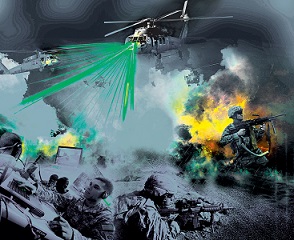 Throughout this process, designers are constantly trying to ensure the game developed meets the objective, while also maintaining internal and external validity needed for a scientific approach.
Throughout this process, designers are constantly trying to ensure the game developed meets the objective, while also maintaining internal and external validity needed for a scientific approach.
- Game designers must create wargames with the end-goal or objective in mind at the beginning of the design process.
-
-
-
- Technology has drastically changed wargaming in recent years. Wargames can be conducted more rapidly and with a significantly larger scope of information enabling the gameplay – including real-time data and AI-enabled activity. Newer wargames also facilitate linking all five domains (land, air, sea, space, and cyber) together for optimum results.
-
-
-
- Wargames help the Army better understand the evolution of the Operational Environment which underpins all Army training and Leader development.
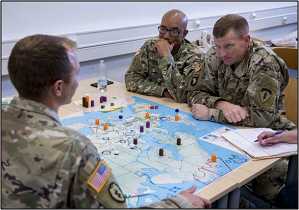 They can save significant time and money compared to traditional field or full-scale exercises and can include Joint Forces as well as allies and partners from all over the world.
They can save significant time and money compared to traditional field or full-scale exercises and can include Joint Forces as well as allies and partners from all over the world.
- Wargames help the Army better understand the evolution of the Operational Environment which underpins all Army training and Leader development.
-
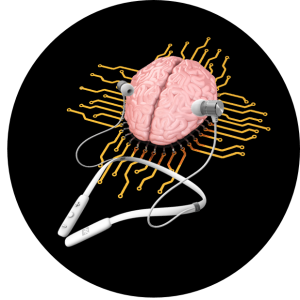
Stay tuned to the Mad Scientist Laboratory for our next episode of The Convergence podcast on 25 January 2024, when we sit down with Dr. Guosong Hong, Assistant Professor of Materials Science and Engineering at Stanford University, to discuss neuro-engineering tools, controlling brains from a distance, and how the Army might one day need to protect Soldiers against mind control.
If you enjoyed this post and podcast, check out Live from D.C., it’s Fight Night! (Part One) and associated podcast, with the Hon. William M. (“Mac”) Thornberry…
… as well as the following related wargaming content:
Would You Like to Play a Game? Wargaming as a Learning Experience and Key Assumptions Check and “No Option is Excluded” — Using Wargaming to Envision a Chinese Assault on Taiwan, by Ian Sullivan
Using Wargames to Reconceptualize Military Power, by proclaimed Mad Scientist Caroline Duckworth
Gaming the System: How Wargames Shape our Future and associated podcast, with guest panelists Ian Sullivan, Mitchell Land, LTC Peter Soendergaard, Jennifer McArdle, Becca Wasser, Dr. Stacie Pettyjohn, Sebastian Bae, Dan Mahoney, and Jeff Hodges
A New American Way of Training and associated podcast, with Jennifer McArdle
From Legos to Modular Simulation Architectures: Enabling the Power of Future (War) Play, by Jennifer McArdle and Caitlin Dohrman
The Storm After the Flood virtual wargame scenario, video, notes, and Lessons Learned presentation and video, presented by proclaimed Mad Scientists Dr. Gary Ackerman and Doug Clifford, The Center for Advanced Red Teaming, University at Albany, SUNY
The Metaverse: Blurring Reality and Digital Lives with Cathy Hackl and associated podcast
Gamers Building the Future Force and associated podcast
Fight Club Prepares Lt Col Maddie Novák for Cross-Dimension Manoeuvre, by now COL Arnel David, U.S. Army, and Major Aaron Moore, British Army, along with their interview in The Convergence: UK Fight Club – Gaming the Future Army and associated podcast
Disclaimer: The views expressed in this blog post and podcast do not necessarily reflect those of the U.S. Department of Defense, Department of the Army, Army Futures Command (AFC), or Training and Doctrine Command (TRADOC).

